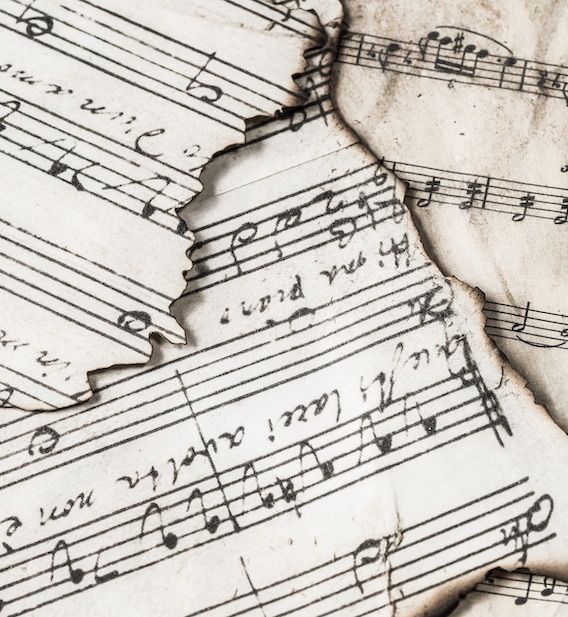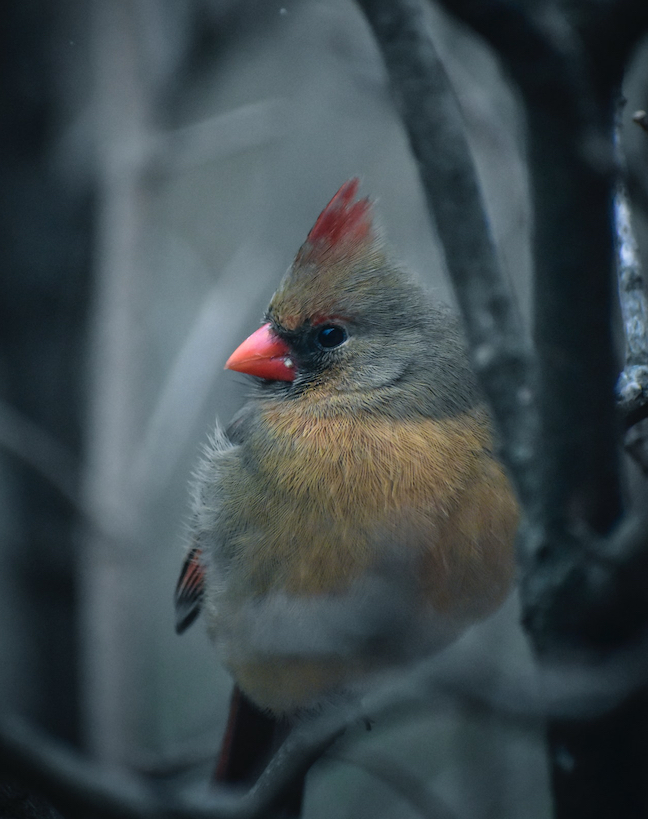Rings
What does it mean when a symbol survives longer than the ideal it represents?
I have a beautiful wedding ring. It’s yellow gold, with intricate, abstract detailing that evokes the fitful form of tangled branches or the weave of a bird’s nest. Two thin strands of twenty-two-karat gold are laid on top of the fourteen-karat band and joined together. Their subtly different color sets them apart. They create a perfect symbol, I’ve always thought, of what a marriage should be. My ring and my husband’s were created by an artist known for his jewelry crafting. The artist signed his name inside each band, so the rings are tokens of our vow to each other, but they also carry a separate identity as part of his body of work.
It took a bit of effort to acquire these lovely rings. We had been living together for a couple of years, and when we finally decided to get married we knew that traipsing down to the mall and picking out ordinary wedding bands was not for us. We wanted something special, something unique, but didn’t have much of an idea beyond that.
Enter my prospective mother-in-law, an artist and jewelry-maker in her own right. She wasn’t interested in designing our rings herself but had firm opinions about what they ought to be and who ought to make them. At the first opportunity she hustled us off to the studio of her chosen artist, who, she promised, made wonderful, unusual rings. Indeed, they were unusual. They were the ugliest rings I’d ever seen—huge, angular creations, more sculpture than adornment. The thought of having my left hand shackled for life with one of those monsters was horrifying. My husband-to-be wisely kept quiet while I summoned my nerve and faced down his mother and her pal. “Oh, they’re great,” I lied. “I just don’t think they’re quite right for us.”
My mother-in-law was not pleased with my rejection of her taste. “I understand,” she said, tight-lipped with the effort of forbearance. “You want something pretty.” To her credit, though, she kept trying to find common ground. She tracked down another artist, who sent us several designs, and I redeemed myself by actually preferring the quirkiest one, which was also my mother-in-law’s favorite. My husband, needless to say, was more than happy to go along with our choice. It seemed like an achievement: aesthetic standards maintained, everybody happy. I felt I had done something to prove myself worthy of a place in this arty, intellectual family, which was so unlike my own. (Perhaps I should mention here that I was twenty-four, naïve and very insecure, when all this was happening.)
The victory with my mother-in-law was just one of the things that helped foster a powerful attachment to my ring. Everyone who chooses to don a wedding ring values it, presumably, as a symbol of love and enduring commitment, but for me it was always more than that. It embodied so much that brought my husband and me together: a love of beauty; a belief in the importance of art; and, perhaps most importantly, a treasured sense of ourselves as quiet, clever misfits, people who would never quite buy into the mainstream, even when doing something as utterly conventional as getting married. The absurdity of our nonconformist pose wasn’t lost on us, even then, but a love of the absurd is another thing we shared.
Over the years, my ring became so familiar that I could hardly remember when I hadn’t worn it, but I would still stop occasionally and admire it. A long illness reduced my size-five ring finger to a size four, but since resizing the ring would have marred its design, I chose to move it to my middle finger. It made no difference whether other people recognized it as a wedding ring as long as my husband and I did. A few times, while wandering through a dicey neighborhood or taking the train late at night, I slipped the ring into my pocket so it wouldn’t catch the eye of any enterprising mugger who happened along (none ever did), but otherwise I never took it off. Even when, about twelve years into our marriage, my husband and I separated for several months, I never considered going without the ring. After we survived that crisis, I really believed I would wear the ring until the day I died.
A few days before our twenty-second wedding anniversary, as we were on our way to a movie, my husband suddenly pulled the car over and insisted we go for a walk, during which he announced that he wanted a divorce. He said he wanted to find his soul mate, and he’d decided that wasn’t me. Our divorce followed, with all the usual agony. We divvied up our worldly goods, and he went off to hunt down his soul mate, leaving me with, among other things, the wedding ring that had always meant so much.
Today the ring sits in a velvet box, nestled in the general clutter of my jewelry case. Oddly enough, I can’t remember when I took it off, probably because I didn’t quite want to believe at the time that I was taking it off for good. I briefly tried wearing it on my right hand. It’s such a lovely ring, I thought, why let it go to waste? But I couldn’t wish it into a new identity as simple finery. My powers of self-hypnosis aren’t quite up to wiping away all the love and pain attached to that little piece of gold.
It’s a relic now, reduced to a poignant uselessness, its rich meaning decayed. Still, I can’t quite bring myself to part with it. I have no desire to maintain a shrine to a failed marriage, but the beauty of the ring makes a claim on me. Throwing it away seems crazy, and selling it seems crass. If its maker were still alive I’d take it back to him and have it transformed into something new, but it strikes me as brutal to let a stranger destroy his creation just because my husband and I couldn’t live up to it. So I expect I’ll keep this lovely thing, so carefully made. Someday my former husband and I will be gone, along with everyone who knew us, and our story will be forgotten. But the ring will still be beautiful.
Copyright (c) 2011 by Maria Browning. All rights reserved. Maria Browning, a contributing writer for Chapter 16, lives in White Bluff.


